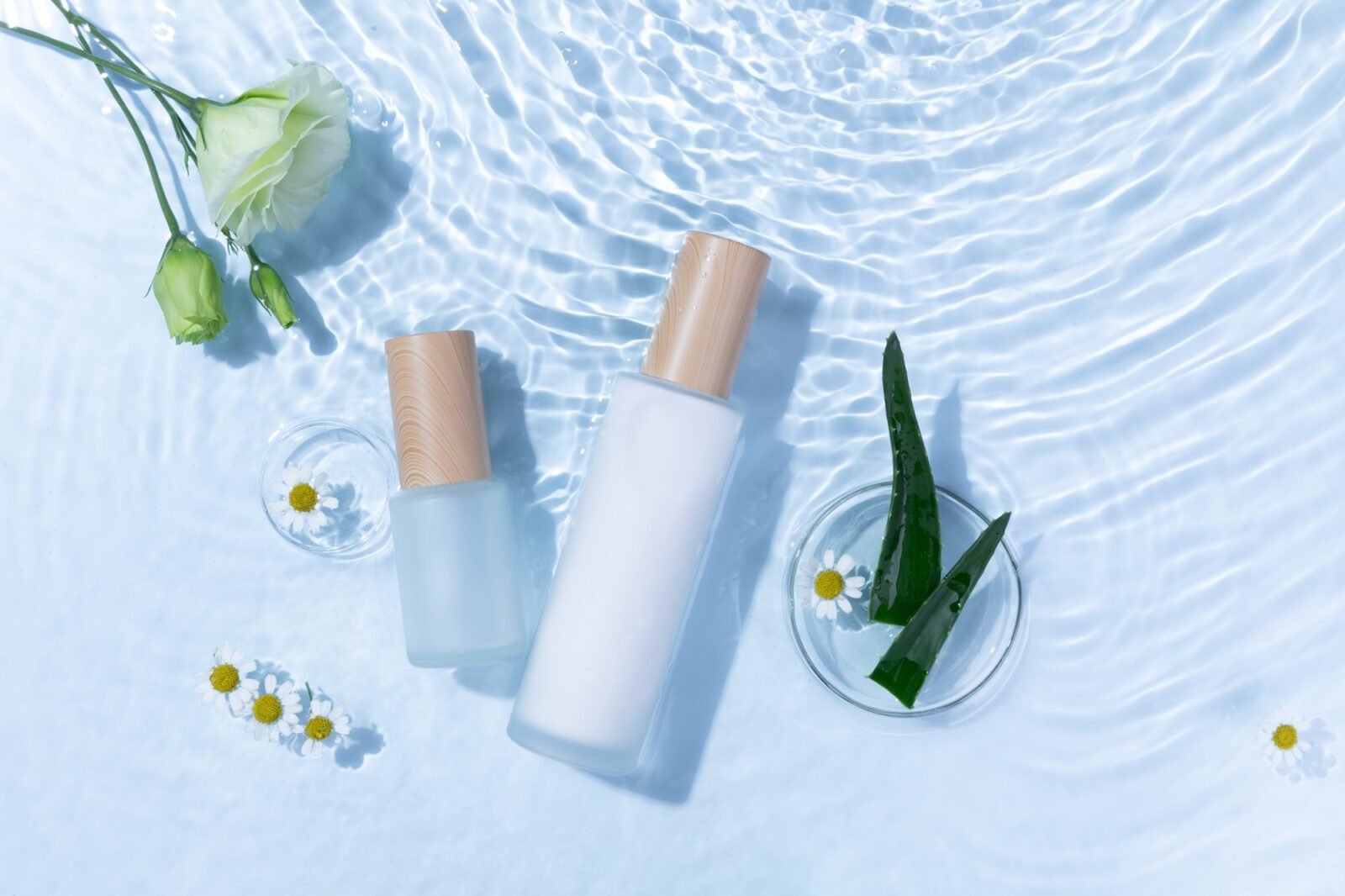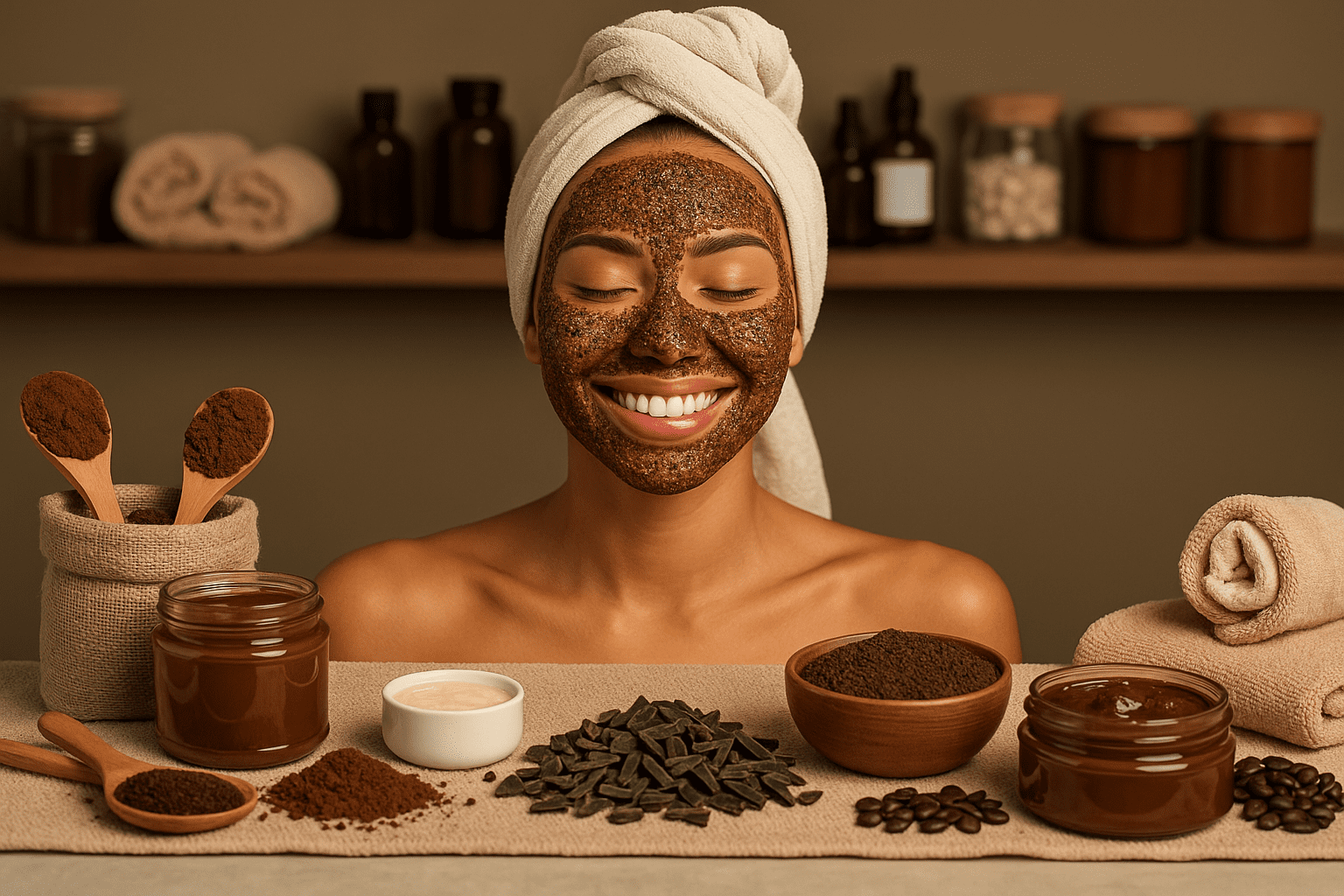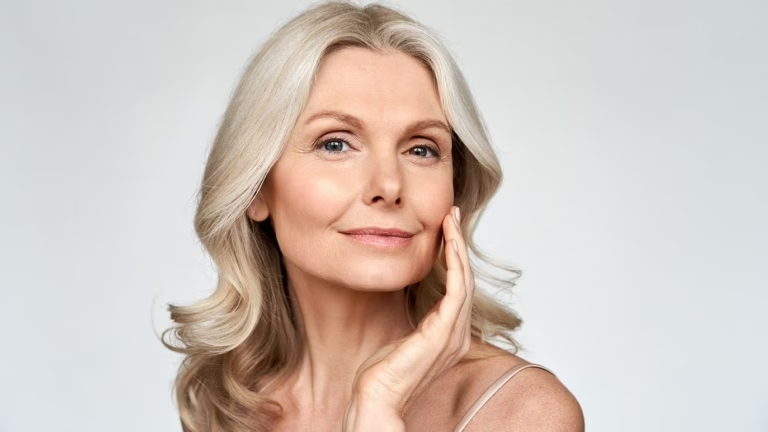As cosmetic science evolves, polymer matrices have become the backbone of next-generation formulations. They control texture, stability, and active delivery—while also defining the sensorial profile consumers feel on their skin. Today, polymer systems are not just about aesthetics. Instead, they shape the balance between performance and compliance. With EU 2023/2055 microplastics regulations tightening the rules, formulators must rethink traditional polymers. Film-forming systems, hydrogels, and encapsulation matrices now define the future of clean, high-performing, and compliant cosmetics.
What Is a Polymer Matrix in Cosmetics?
A polymer matrix is a structured polymer network that stabilizes ingredients, forms films, or encapsulates actives to control their release. The concept originates from pharmaceutical delivery systems but has been refined for cosmetic safety and performance. In short, the matrix acts as the invisible framework that gives a product its staying power, sensorial feel, and protection from environmental stress. Moreover, it allows chemists to manage viscosity, spreading, and active diffusion—all while avoiding prohibited or non-biodegradable materials.
Modern polymer matrices must now perform under dual pressure: consumer expectations for long-lasting, lightweight products and global regulations demanding biodegradability. Therefore, the selection of biopolymer or hybrid polymer systems is more strategic than ever.
Film-Forming Systems (FFS): Long-Wear and Transfer Resistance
Film-forming systems (FFS) remain essential for long-wear makeup, sunscreens, and tinted skincare. These systems create a thin polymer film upon application that locks actives or pigments onto the skin. After solvent evaporation, the remaining polymer network provides adhesion, resistance to sweat, and flexibility.
How Film-Formers Work
During drying, film formers coalesce into a uniform, flexible layer. This layer forms a semi-permeable barrier that retains moisture but allows gas exchange. As a result, products feel breathable yet long-lasting. For instance, acrylate copolymers, VP/VA copolymers, and pullulan esters are widely used for their transparency and resilience.
Common Polymer Families
- Acrylates Copolymer — excellent film strength but under regulatory scrutiny.
- VP/VA Copolymer — balanced adhesion and flexibility for hybrid systems.
- PVP (Polyvinylpyrrolidone) — water-soluble, clear, and ideal for sprays.
- Pullulan / Maltodextrin Esters — natural, biodegradable alternatives to acrylates.
- Shellac or Cellulose Derivatives — strong natural film formers with clean-label appeal.
Transitioning to bio-based polymers helps formulators meet sustainability goals while maintaining sensorial quality. Additionally, pairing polymers with microalgae pigments enhances color stability and water resistance naturally.
Claim Language and Compliance
When working with film formers, formulators should focus on cosmetic performance claims—such as “long wear,” “water-resistant,” or “transfer reduction.” However, avoid therapeutic claims like “repairs skin barrier” or “delivers actives deep into skin,” as these may cross into drug territory. Always verify that chosen polymers comply with microplastics restrictions and biodegradability standards.
Hydrogels: Moisture Networks for Modern Formulas
Hydrogels are three-dimensional polymer networks that trap and retain large amounts of water. They are central to next-gen skincare, particularly for sheet masks, soothing gels, and hydrogel patches. Their high water content delivers immediate freshness while enabling slow, controlled ingredient release.
Biopolymer Hydrogels and Hybrid Networks
Natural biopolymers like hyaluronic acid, xanthan gum, and alginate form the basis of clean hydrogel systems. Furthermore, chemists now create interpenetrating polymer networks (IPNs) that blend natural and synthetic chains to enhance elasticity and resistance. These structures mimic the extracellular matrix, improving adhesion and moisture retention.
Several studies highlight these benefits. According to MDPI (2025), biopolymer hydrogels offer better mechanical strength and biodegradability compared to acrylate gels. Similarly, research from PMC confirms that hybrid networks improve delivery stability of sensitive actives like peptides and antioxidants.
Why Hydrogels Win for Clean Beauty
Beyond texture, hydrogels align with the clean-label movement. They are typically free of PEGs, acrylates, and volatile solvents. Consequently, brands can claim “natural hydration technology” or “bio-based moisture matrix.” Additionally, hydrogels combine seamlessly with encapsulated actives to achieve dual-phase delivery: fast surface hydration and delayed actives release.
Encapsulation and Matrix-Controlled Release
Encapsulation transforms how cosmetic actives are protected and released. In essence, the active is enclosed within a polymer matrix—such as microcapsules, nanocapsules, or biopolymer shells—that shield it from oxidation, light, or pH instability. As the product contacts the skin, controlled diffusion allows gradual release for enhanced performance and reduced irritation.
Encapsulation Techniques
- Microcapsules – polymer shells (PLA, chitosan, cellulose) for antioxidants and retinoids.
- Nanocapsules – smaller carriers that boost penetration and stability.
- Hydrogel-embedded actives – soft carriers ideal for hydrophilic actives.
- Biopolymer films – slow-release coatings for peptides and botanical extracts.
Studies in PubMed (2024) show that biopolymer encapsulation systems improve ingredient longevity and limit volatility losses by up to 40%. In addition, biodegradable shells made from polysaccharides help brands comply with EU microplastic regulations.
Formulation Example
Imagine combining a plant-based encapsulated PDRN within a light hydrogel base. The hydrogel hydrates instantly, while the encapsulated actives release gradually, offering both immediate and long-term benefits. This hybrid structure exemplifies how polymer matrices redefine multi-phase skincare delivery.
EU 2023/2055 Microplastics Regulation: What Chemists Must Know
The EU’s Commission Regulation (EU) 2023/2055 represents a turning point for formulators. It restricts the intentional use of synthetic polymer microparticles (SPMs) in all cosmetic products. The law, implemented under REACH, forces brands to validate whether their polymers are biodegradable, soluble, or compliant.
According to the European Commission, the rule took effect on October 17, 2023, with key transition deadlines:
- Rinse-off cosmetics — ban by October 17, 2027.
- Leave-on products — ban by October 17, 2029.
- Glitter and makeup microbeads — phase-out by 2035.
To comply, cosmetic chemists must analyze whether their polymer matrices are biodegradable or water-soluble. Polymers that dissolve under use conditions, such as PVP or pullulan, typically remain acceptable. Moreover, Grand Ingredients’ regulatory hub tracks these implementation guides to help labs design compliant formulations.
Choosing the Right Polymer Matrix
| Formulation Goal | Matrix Type | Recommended Materials | Claim Language | Compliance Tips |
|---|---|---|---|---|
| Long-wear tinted serum | Film-forming polymer | VP/VA copolymer + pullulan | “Smudge-resistant” / “transfer-proof” | Use biodegradable or water-soluble film formers |
| Hydrating essence mask | Hydrogel | Hyaluronic acid + xanthan gum | “Instant hydration” / “cooling hydrogel” | Document biopolymer origin and purity |
| Encapsulated antioxidant gel-cream | Encapsulation + gel matrix | Chitosan microcapsules + HA gel | “Controlled release antioxidant protection” | Ensure shell polymers meet biodegradability standards |
Formulation Takeaways for 2025
Polymer matrices are no longer a behind-the-scenes element. Instead, they define product innovation. By integrating biopolymer hydrogels, sustainable film formers, and natural encapsulation systems, cosmetic chemists can achieve high-performance results that remain compliant and environmentally conscious.
References:






